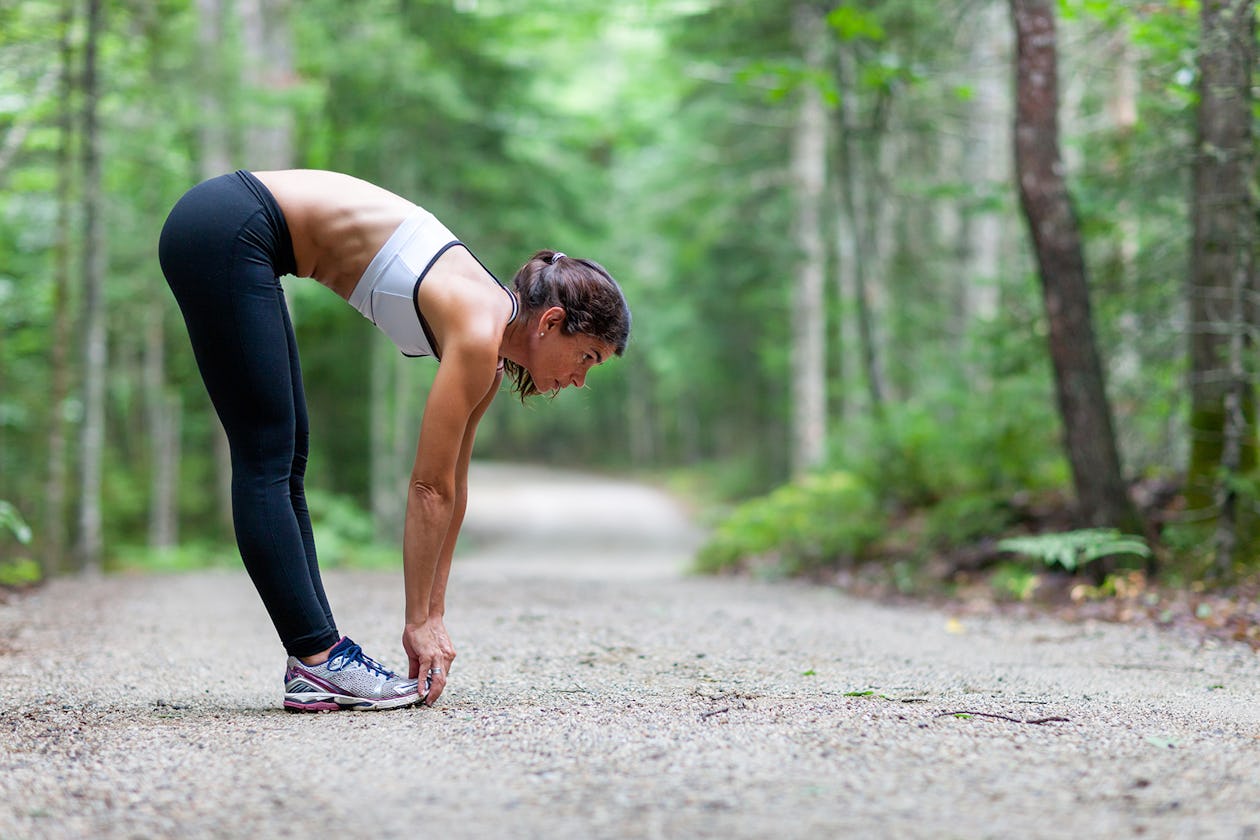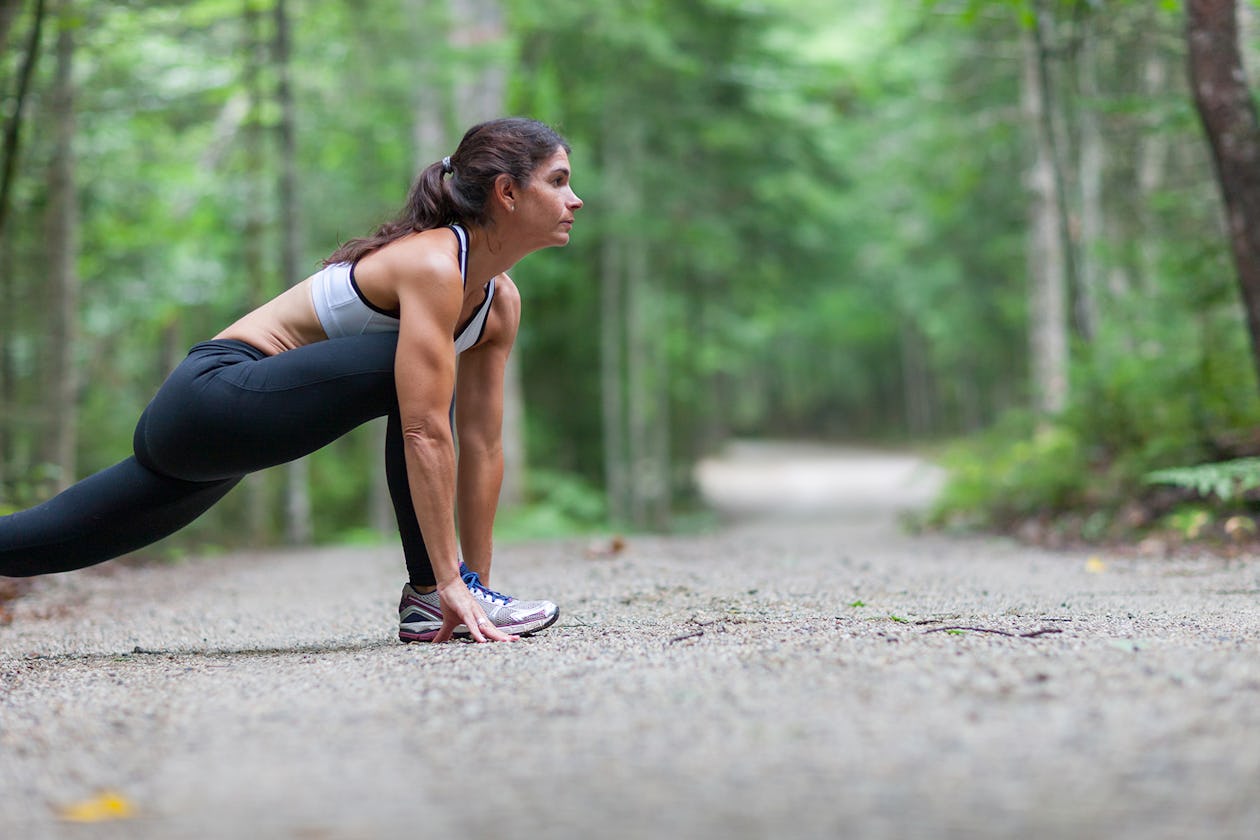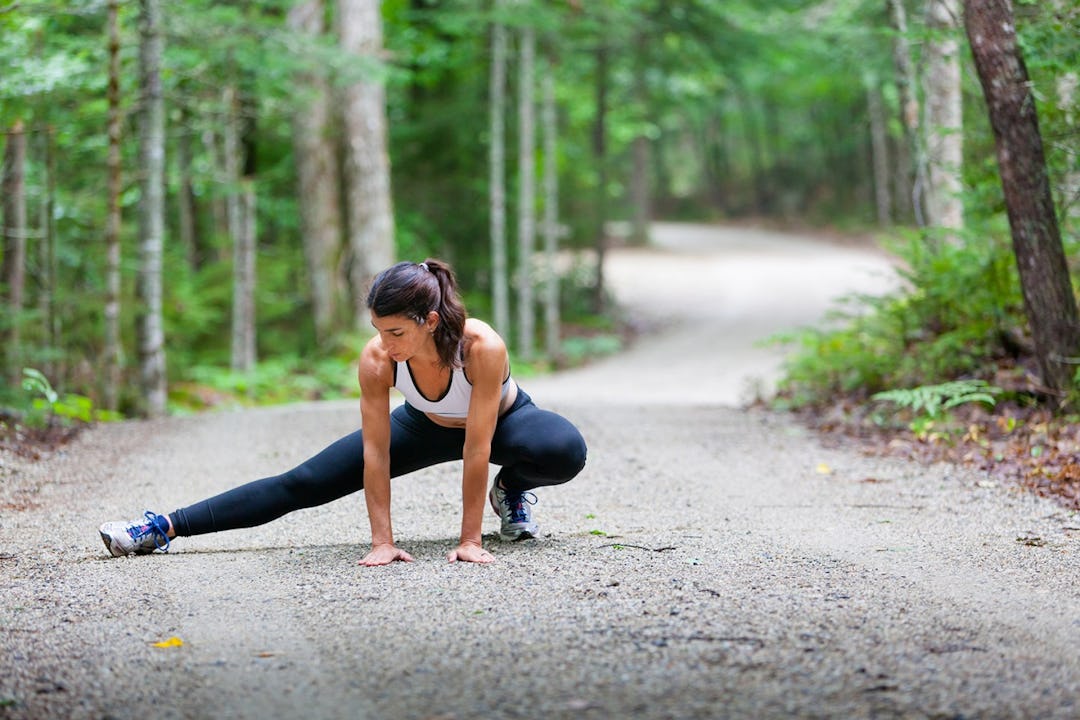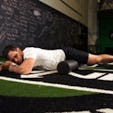There is no simple means to recovery, but there are many options for both rehab and prehab.
The key is consistency, and knowing your options.
Recovery will need to be more, if not an equal, to your practice as you train to become an athlete.
Learning proper recovery methods will keep you in the game.
Recovery can be many different practices and topics, so you must ask yourself the question, “do you even recover…Bro?”
Let’s start with the most common practice known as the acronym P.R.I.C.E.
The reference to PRICE throughout the article IS in terms of the occurrence of injury and the need to recover as quickly as possible.
PRICE is an age old practice, so why reinvent the wheel?
Protect
Generally, it is difficult to refrain from using a body part once an injury has occurred. For instance, you injure your ankle.
The ankle is difficult to heal since you need to walk to move, which correlates to applying pressure and weight.
Exercise is helpful as long as the injury is not to the point of immobility (i.e. crutches). Use caution, be aware, and listen to your body about how your ankle feels.
Don’t do anything stupid that results in the injuring the ankle further, especially if it’s almost healed.
An example that best illustrates exercising with awareness can be taken from a Martial Arts stand point: the roundhouse kick.
Certain styles prefer shin while others prefer the top of the foot/ankle region as the point of contact.
While recovering, if you are kicking a pad using the top of the foot don’t go full blast, therefore causing further irritation and possible hyperextension.
Be aware and kick the pad with mental focus on protecting that joint.
Rest
Rest means relaxing and taking some time off from focused, planned exercise. For example, if it’s your knee that is injured, do upper body exercises until the knee feels better.
Listen to your body because it knows more than any doctor out there.
Resting does not mean “lay in bed all day for a week.” Remember the old saying, “A body in motion, tends to stay in motion. A body at rest, tends to stay at rest.”
Ice
Icing injuries as they occur is an ancient method of healing and calming inflammation. The method of icing we use today dates back to the ancient Greeks.
Man keeps trying to reinvent the wheel with this technique using odd products.
The truth is that nothing can substitute a solid ice pack to treat immediate injuries.
When do I Ice? It’s simple; if the injury is immediate, you want to ice the area as soon as possible to slow down the inflammation process. No more than 20 minute sessions are needed.
Also, try 5 minutes icing and 5 minutes off of icing with some mild movement, followed by 5 minutes of icing again and repeat.
Compression
Compression is heating the area by using mildly tight clothing or wraps to create a warming effect by trapping your body heat and providing blood flow to the injured area.
Generally, you want to ice the area for a few days after the injury before you apply heat treatment.
Heating treatments can be sport compression t-shirts, medical bandage wraps or braces, or taking a nice warm bath. The warm bath, in my opinion, is the best treatment option.
Ointments are available to create a heating sensation, I recommend the age old product Tiger Balm which can be found at any pharmaceutical or sport store.
Elevation
This doesn’t mean that you should climb a mountain. The idea behind elevation is to keep the injured area above your heart. The icing method applies here, about 20 minutes.
The higher you get your injured area above your heart, the better. Elevation results in an increase of blood flow and therefore help with recovery.
Beyond PRICE, there are many ways to recover and prevent injury. Here are a few.

Range of Motion
ROM, when used correctly, is active recovery. Using ROM will create balance in your body; meaning to find common ground.
Balance prevents muscles in your body from pulling or pushing, causing pain in the joints.
Generally, pain in your joints is an indicator of imbalance and mostly caused by lack of ROM.
Adding stretching, yoga, or practicing strength movements with or without weight in ROM will keep you from chasing pain in the joints as well keep you fresh and ready for anything at any time, guaranteed.
All you hear in American fitness culture is “Stretch!” Even so, ask most trainers how to stretch and they have no clue.
The worst part is that many trainers don’t even know that there are many types of stretches.
This is going to be a brief introduction into understanding the differences.
Promise me, if you add proper stretching methods and these ideas to your routines, you will be a better person than you were yesterday.
Understand that you don’t have to do full splits or develop extreme flexibility to benefit from stretching.
Here are some different types of stretching methods to follow. Really, no stretching method is better than the other, but all stretch methods should be applied into your daily practice.
Simple Stretch #1: Passive
Generally, passive stretching is the most common and should be used to relax the muscles with little to no resistance.
The con to passive stretching is that if you never strengthen your body, it can lead to injury.
It is to be used mostly after a workout routine or once a week in a series of postures to prepare the body for the week ahead and release unneeded tension.
Passive stretching does not really provide long term effects; it’s mostly to be considered for short term. So, remember to follow the mantra, “When you stretch you strengthen, and when you strengthen you stretch,” so your passive stretching can be the most beneficial.
Simple Stretch #2: Active
Active stretching eliminates force by creating tension in the muscles. This method stimulates and prepares muscles for use during exercise.
Not only does it stretch the muscles and tissues, it also activates and warms them up.
Active stretching is the most beneficial, will create long term effects, and supplement your recovery stage.
Active is best used all the time regardless of the time of day.
Certain disciplines such as Yoga is best to reference here.
Simple Stretch #3: Dynamic
Dynamic stretching is best understood as a combination of passive and active stretching while using momentum in an effort to propel the muscle into an extended range of motion.
Dynamic stretching is usually done methodically, in a controlled state, and not going beyond what you are capable of.
Simple Stretch #4: Ballistic
Ballistic stretching is used for advanced athletes since they understand the movements that their bodies are capable of.
Ballistic stretching forces your range of motion, especially when you have not relaxed the muscle to enter the posture.
This type of stretching is definitely not recommended for the beginner; you need a strong body first.
Many different athletes use this method just before their sporting event to help get them into the game.

Duration
Now that you have an understanding of the different types of stretching the next question is, how long should I spend stretching?
Flexibility has to do with mental will, a connection between you and your nervous system.
If you tap into your mental state and visualize the goal of what you want to achieve from your stretch, practice and you will get there.
Next, when performing your chosen stretch posture, holding for 10 seconds is generally for warm up, and holding for 30 seconds or more is for development.
All stretches are to be completed with controlled and focused breathing.
Now, when you advance and are well connected with your nervous system, you may not have to spend much time with your stretching practice.
Your body and muscle memory will be in sync, and you will just need to visit the stretch posture for only a few seconds.
Foam Rolling
Foam rolling is the poor mans massage. Unfortunately, not all of us have the funds or access to a masseuse, so we are left with this helpful tool to assist in self massage and muscle tension relief.
Foam rolling solves many known and unknown issues in your body and can literally “unlock” the muscles’ full potential. Foam rolling supple- ments both prehab and rehab stages if time is spent using the tool.
The truth is that every person who trains will develop imbalances in their muscles. An example of this is the quadriceps; quadriceps tend to get used more while working out than the hamstrings do.
This ultimately may result in knee pain. Generally, once one utilizes the foam rolling techniques they can massage out and release trigger points in the muscles to assist with the possible knee pain.
Foam rolling will increase blood flow and can supplement stretch practice. Foam rolling can be extremely painful at first, but just be patient and spend as much time on the area you’re rolling out as much as you can.
One key note is not to foam roll your joints at all, ever. Foam rolling joints can lead to lengthening ligaments.
This is not good because ligaments are what keeps your bones together. Once a ligament becomes stretched out it does not repair and will usually require reparative surgery.
It’s difficult to foam roll your joints, so don’t sweat it and you’ll be fine. Enjoy your poor man massage!
Ancient Chinese Secret
DIT DA JOW (the life saver) is the greatest tool in my arsenal. What is Dit Da Jow? Let’s have some insight. In simple, it is a mixture of herbs brewed together with alcohol to unlock healing potential.
This mixture becomes an external tonic (or ointment) to rub on your body. You can use it for bruises, sore bones, joints, muscle fatigue, or really anything that hurts on your body. Just keep away from your eyes and mouth (consuming may cause unexpected “cleansing”).
Unfortunately, I will not disclose the magic recipe I personally use because I do not want to be responsible for your actions. It cannot be bought in stores either.
Usually, in the Kung Fu arts, there are many recipes depending on the family and traditions; I recommend you search for a Kung Fu master or a skilled Chinese herbalist if you want to get a hold of this magic stuff.
I simply mentioned Dit Da Jow so you may become aware of its existence and research it on your own.
Final Thoughts on Simple Stretches
What we must understand at the end of all this is that no one is perfect; perfection is an illusion. Injuries will occur and can be great learning experiences.
Injuries will give you a sense of wisdom to be better and it’s all about how you handle it.
Using the techniques described through- out this article could be a great start and finish to your athletic injury problems.
The final step, when it comes to recovery, is to have faith in the recovery of whatever your injury may be.
You will heal in no time when your mind and body work together.

)





